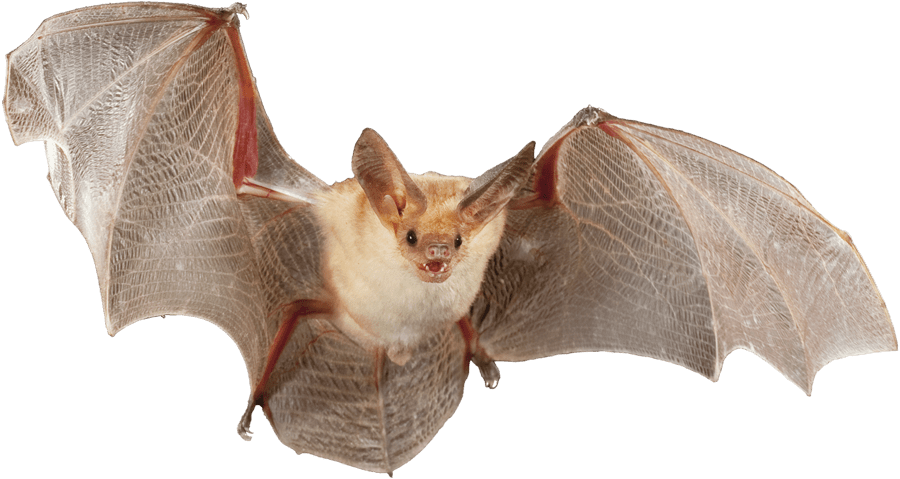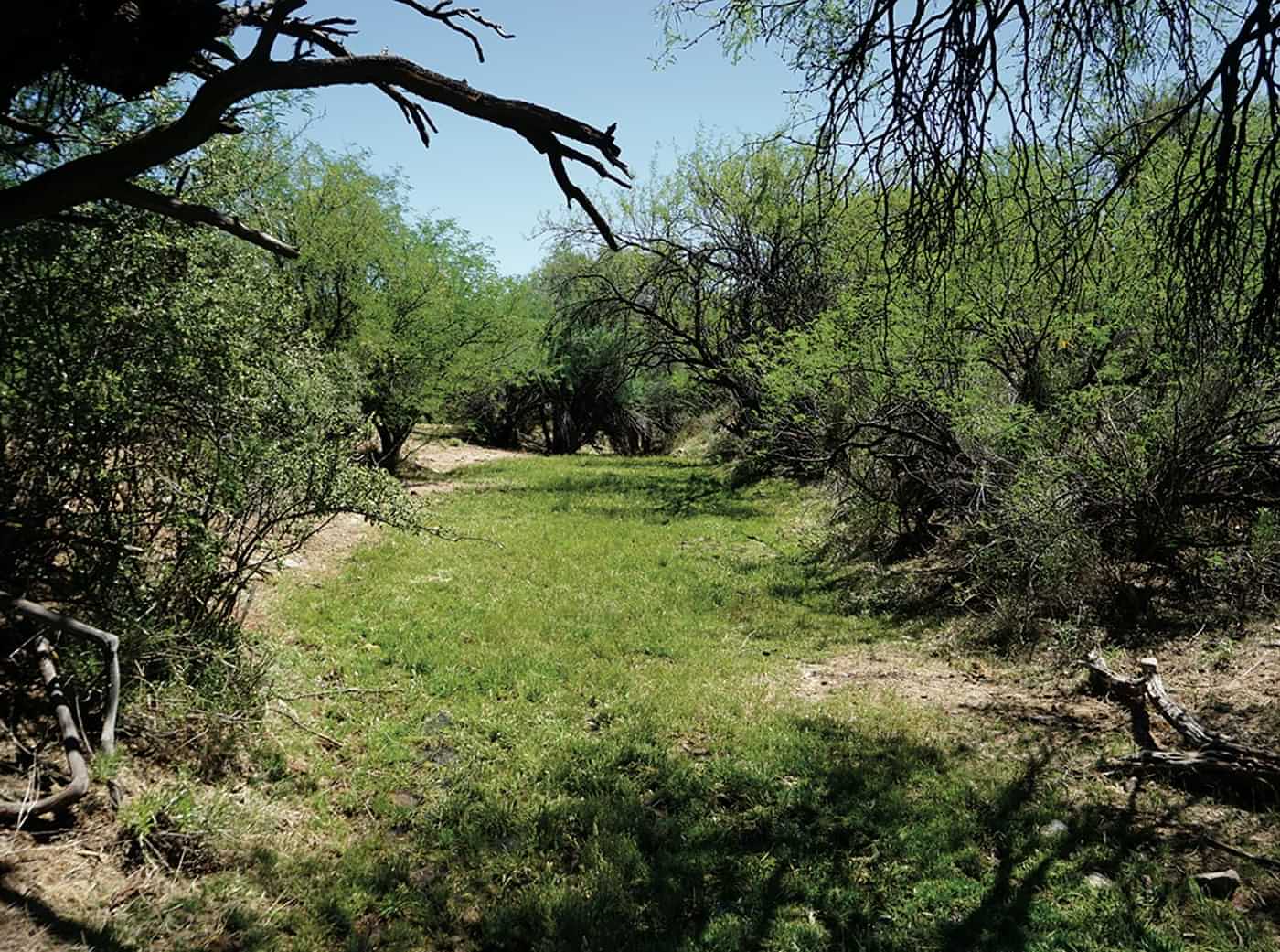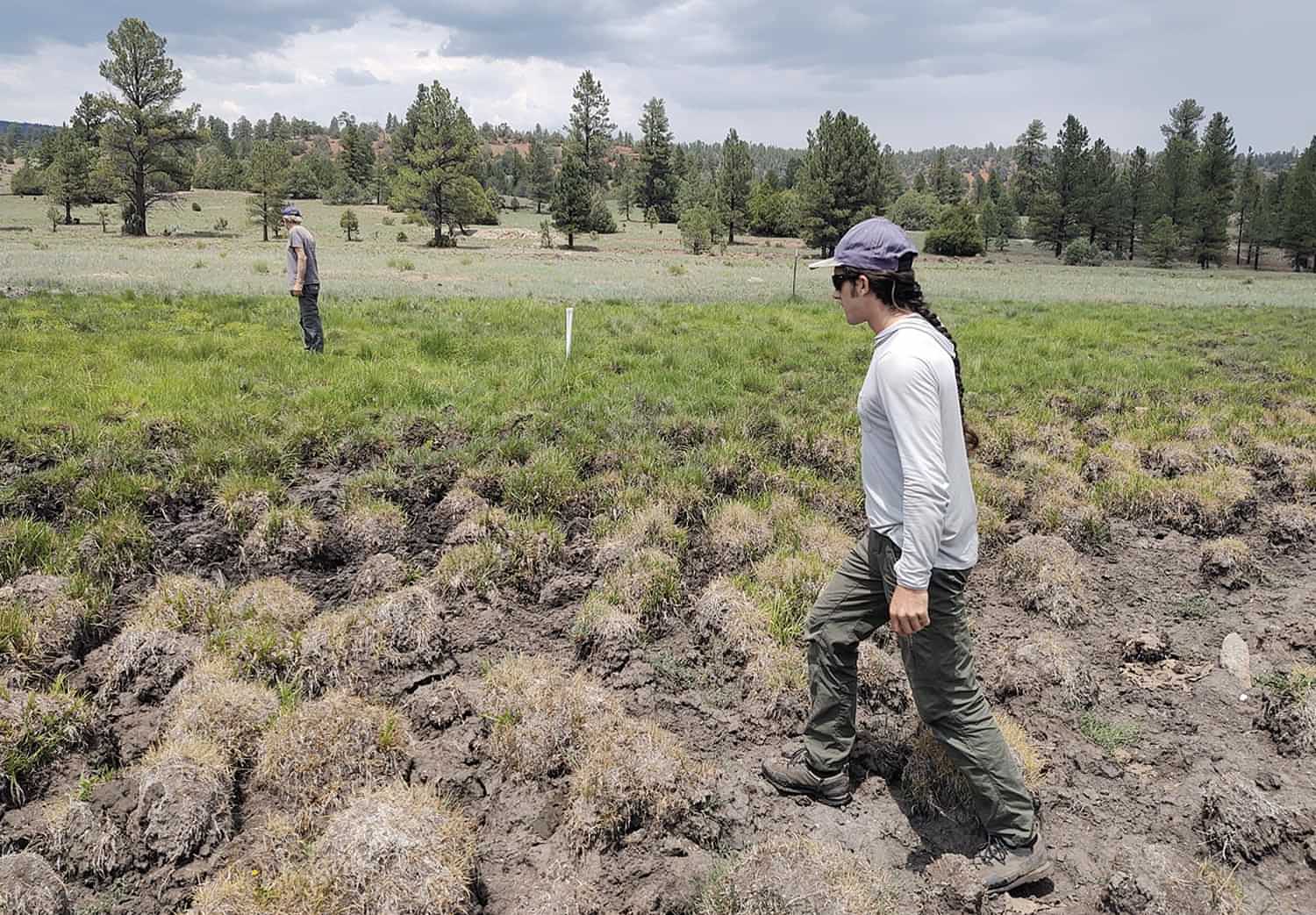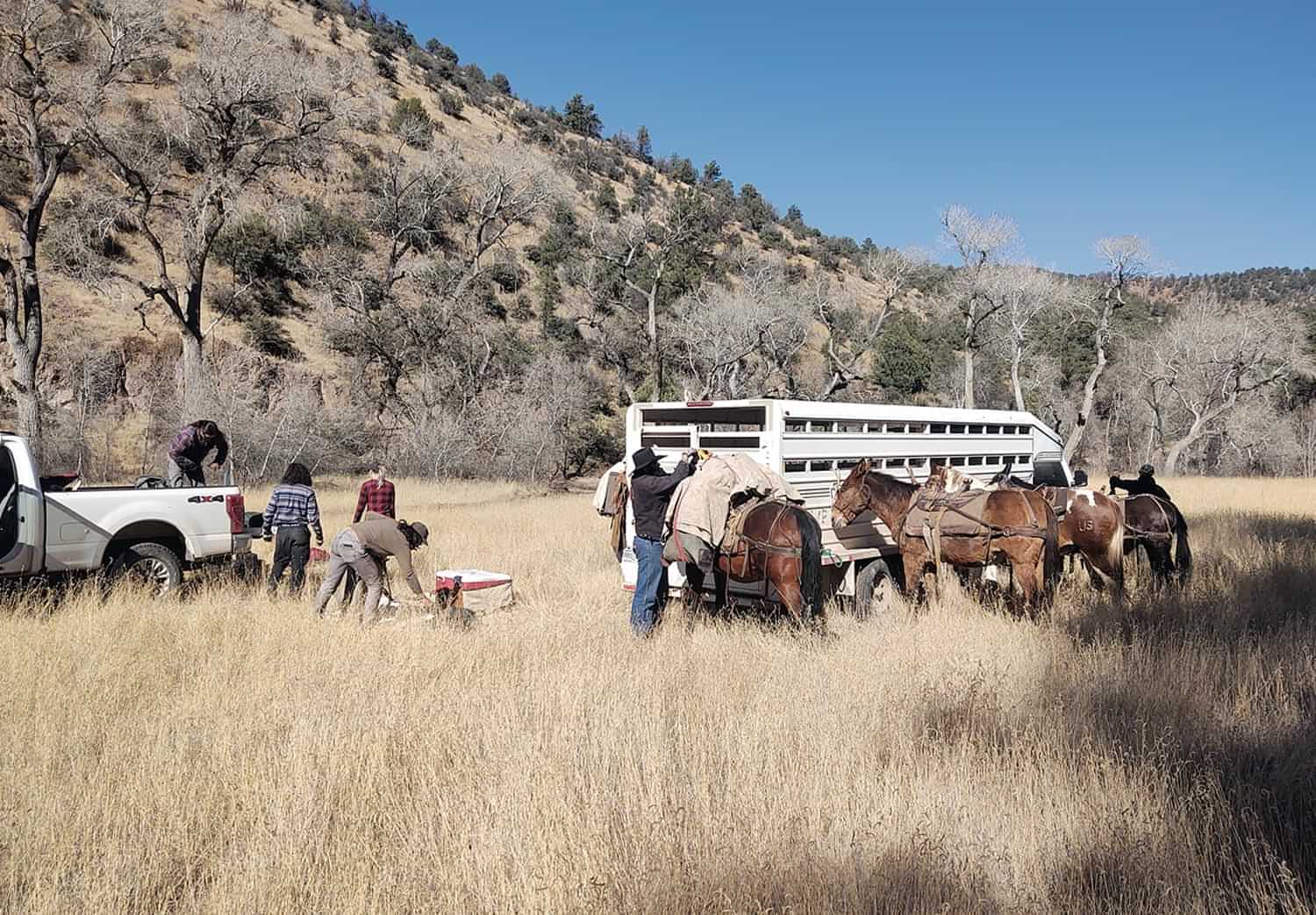Springs, waterholes, and vegetation are key to restoration work
By Lynn Davis
Quenching Bats’ Thirst in the Parched Southwest

ater is the new gold in the southwestern United States. High temperatures, increased evaporation of surface water, and reduced snowfall have resulted in unprecedented water shortages in western reservoirs, according to a report from the Climate Office of the National Oceanic and Atmospheric Administration (NOAA). The report projects broad threats to drinking, agricultural, and tribal water supplies, noting that hydropower generation, fishing, and recreational activities are also at risk. These shortages also impact wildlife, including bats.
BCI Water for Wildlife Field Lead, Ethan Sandoval, speaks with boots-on-the-ground knowledge of the impact of diminishing water resources on North American bats.
“The U.S. Southwest has the highest diversity of bats but the lowest density of water resources,” Sandoval says. “With the increasing drought in the Southwest, effects on bats will only become more dire. Water restoration projects are absolutely and unquestionably necessary to maintain bat populations.”
BCI has built a well-respected team of landscape restoration specialists who are working on water restoration projects in Arizona and New Mexico—for now. Sandoval anticipates that BCI will soon be engaged in more projects across a wider geographic area.

Restoring vegetation essential for bat food
BCI is working in areas that have experienced some habitat degradation, and Sandoval calls these preemp-tive projects.
“We’re trying to get ahead of need and avoid complete breakdowns of ecosystems,” he says.
Some of BCI’s recent restoration projects include:
Restoring a Sonoran Desert spring
At least 20 species of bats in this area, including fringed myotis (Myotis thysanodes), are dependent on the desert springs and nearby foraging habitats. Sandoval says the site is perfectly redeemable, with dedicated focus and attention.

“At this point, we don’t expect to plant new vegetation but, instead, anticipate that native vegetation will recolonize to create a lush oasis,” he says.
Saving bats in a jaguar corridor


Shush Ken Fen, a rare wetland in New Mexico’s Zuni Mountain range, is located in the Cibola National Forest.
Photo: Dan Taylor
Fencing a rare water source in the Zuni Mountains
“A few years ago, I could never have imagined the projects we are taking on now,” says Sandoval. “But as we look ahead, we’re preparing for more work assuring resilient landscapes.”

Photo: Dan Taylor
Life in the Field
Sandoval and his team set their schedules by the seasons and geography. In the winter months, they may work in Arizona’s Sonoran Desert among broad expanses of saguaro cactus, and later, when desert temperatures become unbearable, head to Idaho’s cool, shaded forests of Douglas fir and lodgepole pine.
Camping is one of the perks of restoration work, according to Sandoval, although he notes that camps vary significantly. In some cases, depending on the terrain, the restoration crew must carry heavy backpacks to haul in safety equipment, camp gear, and tools like post-pounders, which alone can weigh over 20 pounds.
On other projects, like recent restoration work in New Mexico’s Black Canyon, BCI’s crew of five restoration specialists used Forest Service pack mules to haul in a cushier camp, including coolers of fresh foods and a multi-burner camp stove that the team used to make tacos to enjoy under the stars after long field days. Tacos and camp chairs are rare and much-appreciated luxuries in BCI’s fieldwork, allowing the team to recharge before another day performing vital yet laborious work saving bats.